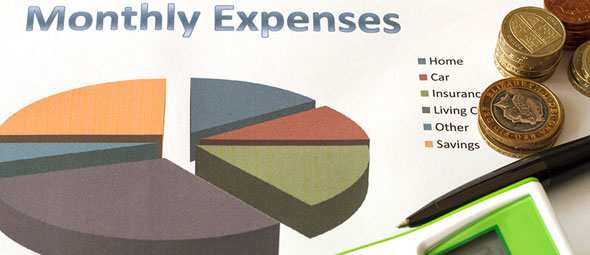
If you’re anything like me, when you first considered the NAO in your job search, you didn’t really have much of an idea what the job as an auditor involves. You may already know that the NAO does value for money studies and financial audit. I’m going to try and fill in some of the detail about what being a financial auditor is like.
Each audit is different, which is what gives our work so much variety. In my first 18 months, I’ve experienced contrasts between the clients and the way the audits are organised. This is partly down to size: our clients vary from huge government departments to tiny arm’s length bodies, and they require different approaches.
So far most of my involvement has been in the fieldwork stage, which follows a lot of detailed planning by colleagues who are fully qualified or about to qualify – the audit leads. Fieldwork consists of a range of tasks, all of which are quite difficult to explain without using the technical jargon which has infiltrated my vocabulary over the past year and a half. I even find myself using terms like “impairment” and “fair value” in my private life, and that’s when I know I need a holiday!
Basically (accountants and auditors please skip this bit) what we do is check that the client’s accounts give a true and fair picture of their finances. For example in the income statement there will be an expenses figure. This is the total of lots of individual expenses throughout the year. The audit leads pick a sample of these transactions and we check that they have been recorded correctly. This could involve looking at the corresponding “goods received note” to check that the item was received, and checking a contract to confirm that the payment was in line with what was agreed. We might also check that the payment was signed off by someone with the required authority. Another question we ask is whether the item purchased was the sort of thing we would expect that department to be doing with public money.
The expenditure test can be very straightforward, but often it is not. For example some purchases are for services received under long term contracts, such as training or building services. These are more difficult to check because there hasn’t been a physical item received. In these cases we look for other evidence that the client is getting what they have paid for.
All of our work involves talking to client staff to help us make sense of the documents we’re given. Then, when we’re happy with our findings, it all has to be written up in the audit software. Sometimes it feels like detective work, others it’s like a giant Sudoku puzzle, but it always seems to involve spreadsheets. Don’t worry if your Excel skills are rusty though as the office runs frequent training courses at levels to suit all abilities.
Financial auditing is not just about the numbers though, and in another blog post I will describe some of the work we do to understand the processes behind the accounts.
